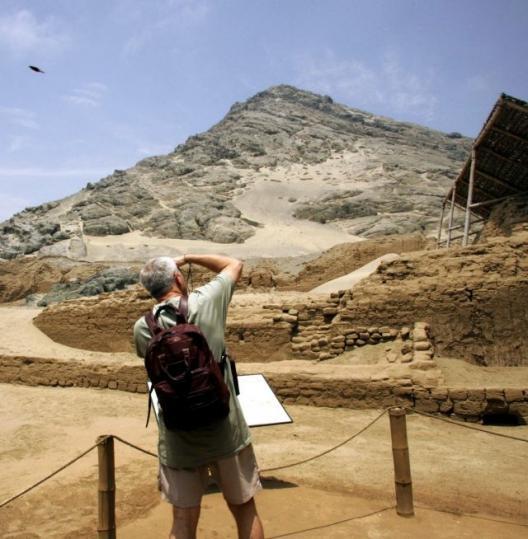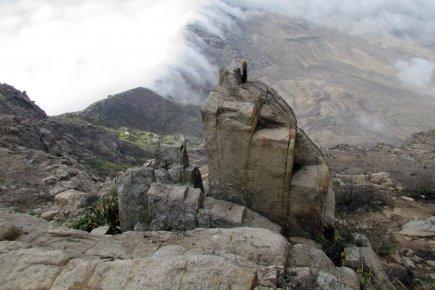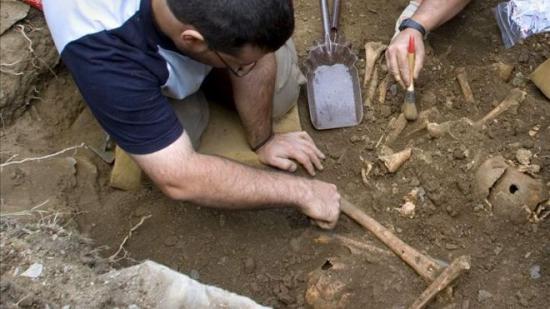Un autel consacré aux sacrifices humains découvert au Pérou
Source - http://www.rtl.be/loisirs/detente/decouvertes/735709/un-autel-consacre-aux-sacrifices-humains-decouvert-au-perou
Des archéologues péruviens ont annoncé mardi avoir mis au jour dans le nord du pays un autel consacré aux sacrifices humains de la civilisation précolombienne Moche et remontant à environ 1.600 ans.
"Nous avons découvert le site où l'on décapitait les sacrifiés, avant de jeter leur corps dans un précipice, dans le cadre d'un rituel que pratiquaient les Mochicas", a déclaré à l'AFP l'archéologue Regulo Franco.
La structure de pierre taillée, d'environ 1,50 mètre de hauteur, a été découverte il y a environ un mois au sommet d'une petite montagne de 1.000 m d'altitude non loin de Trujillo, ville située à 700 km de Lima.

L'autel, accessible par trois grandes marches, comporte un cadran solaire, similaire à celui du Machu Picchu. Il est orienté vers le levant et surplombe un précipice, d'où une quasi-certitude sur son usage sacrificiel.

PHOTO REGULO FRANCO, AFP
"L'autel était au bord d'un précipice, ce qui correspond aux représentations de Mochicas sur leurs céramiques: on y voit des décapitations avec les têtes tombant dans un abîme", a expliqué M. Franco, directeur d'un projet archéologique dans le nord du Pérou.
"Les Moches ont toujours adoré le dieu de la montagne et les sacrifices prenaient place apparemment au moment du solstice d'été, époque où l'eau descend des montagnes pour arroser les cultures", a-t-il précisé.
La civilisation Moche s'étendit environ du Ier siècle avant notre ère au VIIIe siècle, bien avant l'empire Inca, sur la côte septentrionale du Pérou actuel.
1,500-Year-Old Altar for Human Sacrifices Found in Peru
Source - http://latino.foxnews.com/latino/lifestyle/2012/04/04/1500-year-old-altar-for-human-sacrifices-found-in-peru/

The structure is located 1,000 meters (3,250 feet) high on Campana Hill. (EFE)
A group of Peruvian archaeologists found a 1,500-year-old altar for human sacrifices on the top of a hill in the northern region of La Libertad, the daily El Comercio reported Tuesday.
The structure is located 3,250 feet high on Campana Hill and was cut by the Moche culture into a rock at the site with three steps leading to a small platform.
"Many archaeologists identified in the Moche ceramic sculptures ... an ancient rite of sacrifice," said the head of the archaeological team, Regulo Franco. "Now, with this find, we're sure that what appeared on the ceramics was Campana Hill."
The experts also found in the area a small cave painting dating back 2,800 years, as well as ceramics and burials.
Percy Valladares, the president of the Association for the Rescue and Defense of Campana Hill, said that the site is in danger due to the lack of demarcation, people who come to the site and urban growth.
Microbiologist Carlos Quiroz says that 254 species of plants and 118 species of animals live on Campana Hill, the daily reported.